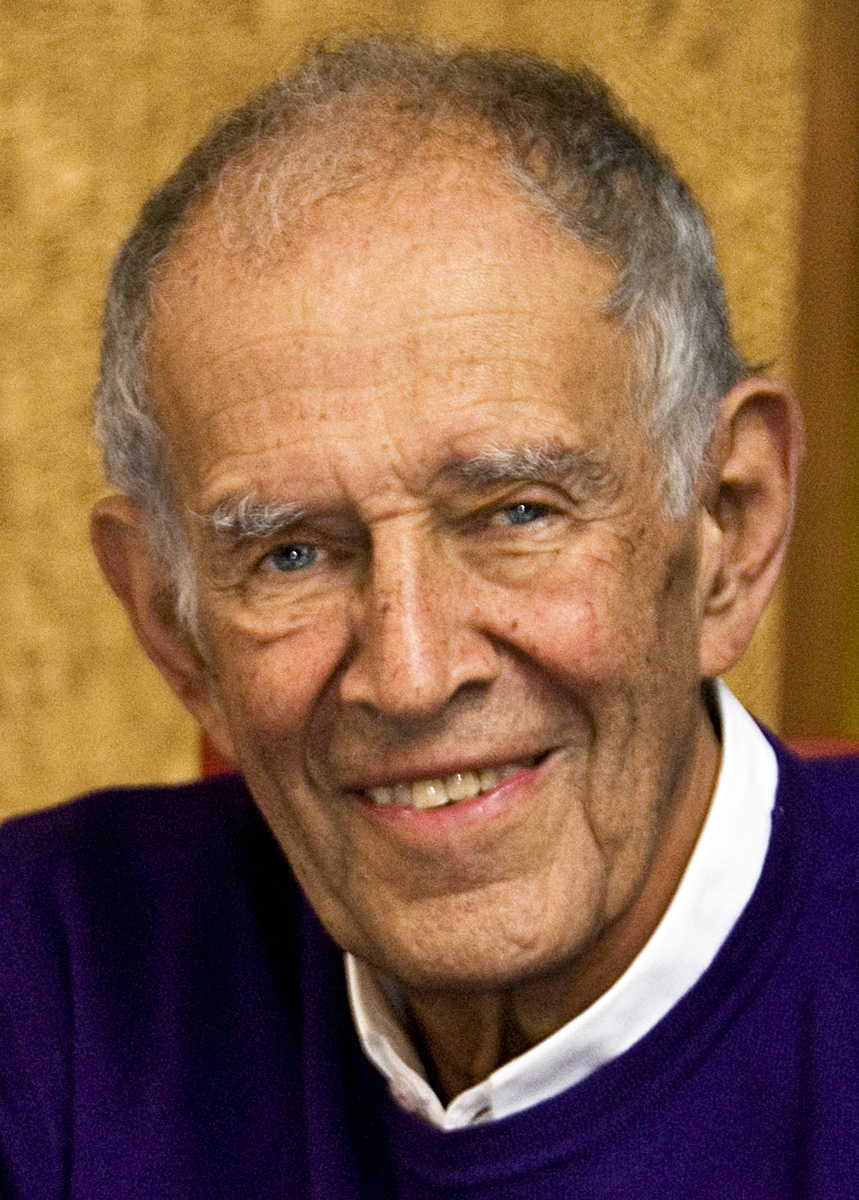Ricardo Legorreta, Tom Bradley International Hall architect and former UCLA professor, dies

Ricardo Legorreta
By Melissa Truong
Jan. 17, 2012 2:02 a.m.
Ricardo Legorreta, the architect of Tom Bradley International Hall and a former visiting professor at UCLA, died on Dec. 30, of liver cancer. He was 80.
Legorreta is known as one of the most prominent architects in Mexico. He gained international stature through his Mexican modernist style.
He made his mark on campus through his design of Tom Bradley International Hall, which was finished in 1998.
The architect took special care to ensure the building did not look imposing and was truly integrated into the site and school, said Miguel Almaraz, who works at Legorreta’s firm as a project director.
Duke Oakley, a former campus architect, said Legorreta’s architecture was fitting for UCLA’s campus and climate, set naturally into the hillside.
Legorreta, who was a visiting architecture professor at UCLA for several years, also helped create an exchange program for graduate students between the Universidad La Iberoamericana in Mexico City and UCLA in the mid-1980s.
The program lasted until the 1990s and was aimed at fostering better architectural and cultural understanding between Mexican and American students, said Richard Weinstein, former dean of the UCLA Graduate School of Architecture and Urban Planning. Weinstein initially contacted Legorreta about initiating the program.
Legorreta helped coordinate the exchange program on an entirely voluntary basis, Weinstein said. The architect believed it was important for educational institutes to form partnerships on behalf of their students, he added.
Despite his prominence in the architecture field, Legorreta was humble and did not feel the need to flaunt his status, Oakley said.
As an architect, Legorreta was remembered by Buzz Yudell, a former UCLA adjunct professor, as a person who cared a great deal in how people experienced his architecture, both on the inside and out.
Legorreta wanted his buildings to be aesthetically pleasing but serve a functional purpose as well, Yudell said. This was part of his theory that architecture was a social service to society and needed to serve a purpose ““ whether as an office, hotel or house ““ instead of merely be a work of art, Almaraz said.
Yudell said Legorreta’s buildings reflected his warm, energetic personality.
“He was a very vibrant person with tremendous vitality and exuberance,” Yudell said. “I think that’s partly what attracted him to color.”
Even in his last months, Legorreta was remembered as a man full of passion, energy and enthusiasm.
“He was very human, he was in love with architecture and passionate for life,” Almaraz said.
“I think for all of us, he was a true mentor and example of life as a human being.”
While traveling worldwide, Legorreta made it a point to learn as much as he could about different cultures, Yudell said. The Tom Bradley International Hall architect was also incredibly proud of his Mexican heritage.
“He had this deep sense of richness of the culture and wanted to share it,” Yudell said.
Weinstein recalled a time when he and Legorreta once stood up from dinner and followed a mariachi band that was marching through the street, dancing their way through town.
“He was one of the most charming men I’ve ever met and made things a little more fun, a little more exciting,” Weinstein said.
Ricardo Legorreta Vilchis was born May 7, 1931, in Mexico City. His fascination with architecture began in high school and led him to attend the National University of Mexico in the late 1940s. He began his career as a draftsman before launching his own firm Legorreta and Legorreta, which is currently headed by his son VÃctor.
He is survived by his three sons, Ricardo, Luis and VÃctor; three daughters, LucÃa, Lourdes and Elisa; and 21 grandchildren.

